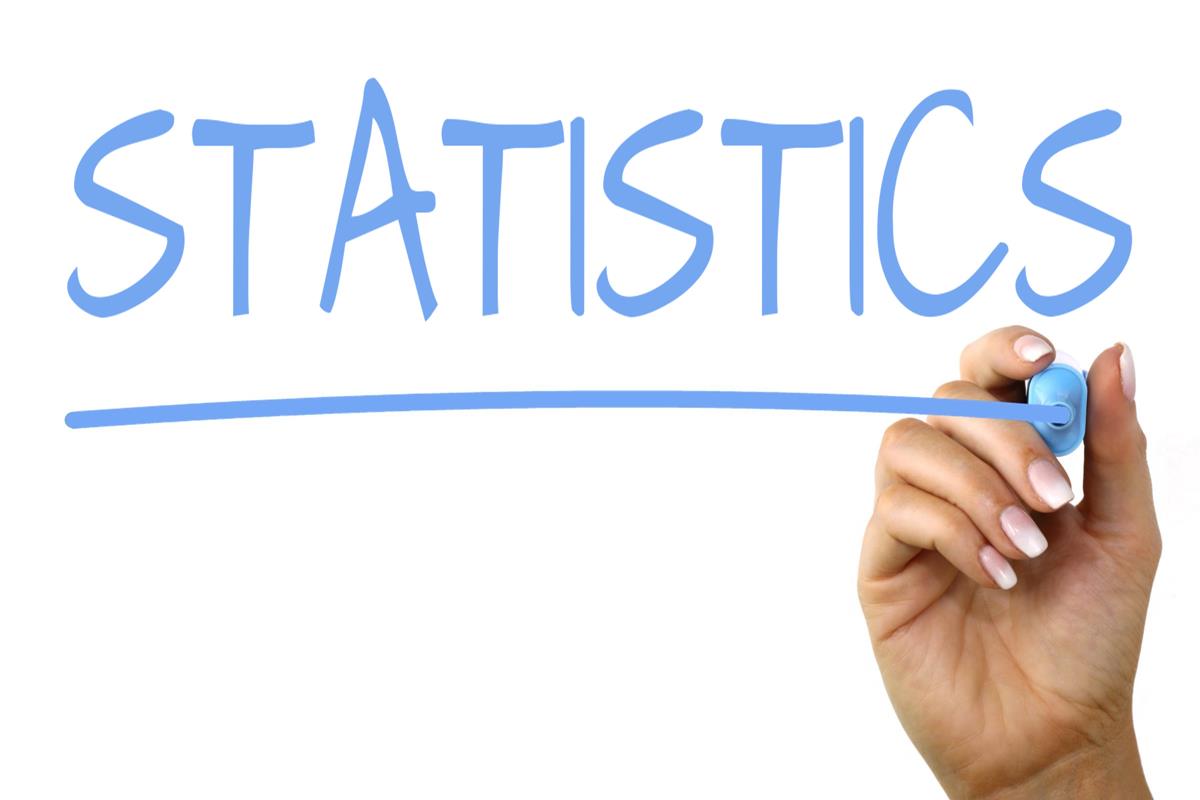A common measure of association found in clinical trials is relative risk.
Relative Risk (RR) is defined as the risk of an event occurring in one group compared to another group. Hence a RR >1 indicates a positive benefit whereas an RR <1 indicates a negative risk.
Let’s go through an example case to show you how to calculate important statistics related measures to assist in your evaluation of literature.

Order Tramadol 50 mg Relative Risk (RR)
To identify the parameters I need for relative risk I look for percentage values from each study group. I then convert these percentage values to decimals and divide the risk of the treatment group over the control group.
Hence, 0.0335/0.074 = Tramadol Where To Buy Uk 0.45 (Relative risk equals 0.45)
Absolute Risk Reduction (ARR)
Absolute risk reduction is a measure that tells us the risk difference between the study groups. IT also tells us how many patients were spared an adverse outcome as a result of receiving the treatment rather than the control. Many studies do not reflect the measure as it tends to not look as significant as relative risk. So this is a measure to consider calculating when evaluating a clinical trial.
To calculate this measure all you have to do is subtract the two values we identified for calculating relative risk.
Hence….. 7.4% – 3.35% = Ordering Tramadol Online Illegal 4.1% (Absolute risk reduction equals 4.1%)
Relative Risk Reduction (RRR)
Relative Risk Reduction is essentially a measure that compares efficacy of treatment to the control group. To calculate this measure all you simply have to do is subtract your calculated relative risk from 1 as shown below.
1- 0.45 = 0.55 or 55% (Relative risk reduction is 55%)
Number Needed To Treat (NNT)
The number needed to treat measure essentially tells us the number of patients who need to be treated in order to prevent one additional bad outcome or to attain one additional benefit.
To calculate NNT all you simply have to do is divide the Absolute Risk Reduction (ARR) value (in decimal format) from 1 as shown below.
1/ARR –> 1/0.041 = http://economiacircularverde.com/que-es-la-economia-circular/ 24 (Number Needed to Treat is 24 patients)
Hence the NNT statement would look like this……
24 patients with coronary heart disease need to be treated with simvastatin for the studied period of time to prevent 1 additional patient from experiencing a nonfatal MI or death.
Note: with NNT you must always round the calculated number to the nearest whole number as you cannot have a quarter of a patient.
But when would I know that it is a Number Needed to Treat (NNT) or Number Needed to Harm (NNH) statement?
Well the only time a statement would be a NNH is if the primary outcome is a bad outcome like stroke or death and the study drug was NOT BETTER than the Control. Any other case the statement would be a NNT.
Also you can only calculate a NNT or NNH if the data type is nominal. Nominal data in a nutshell is “Yes/No” data or is placed into some type of category. For example, patients who vomited versus patients that did not vomit.

